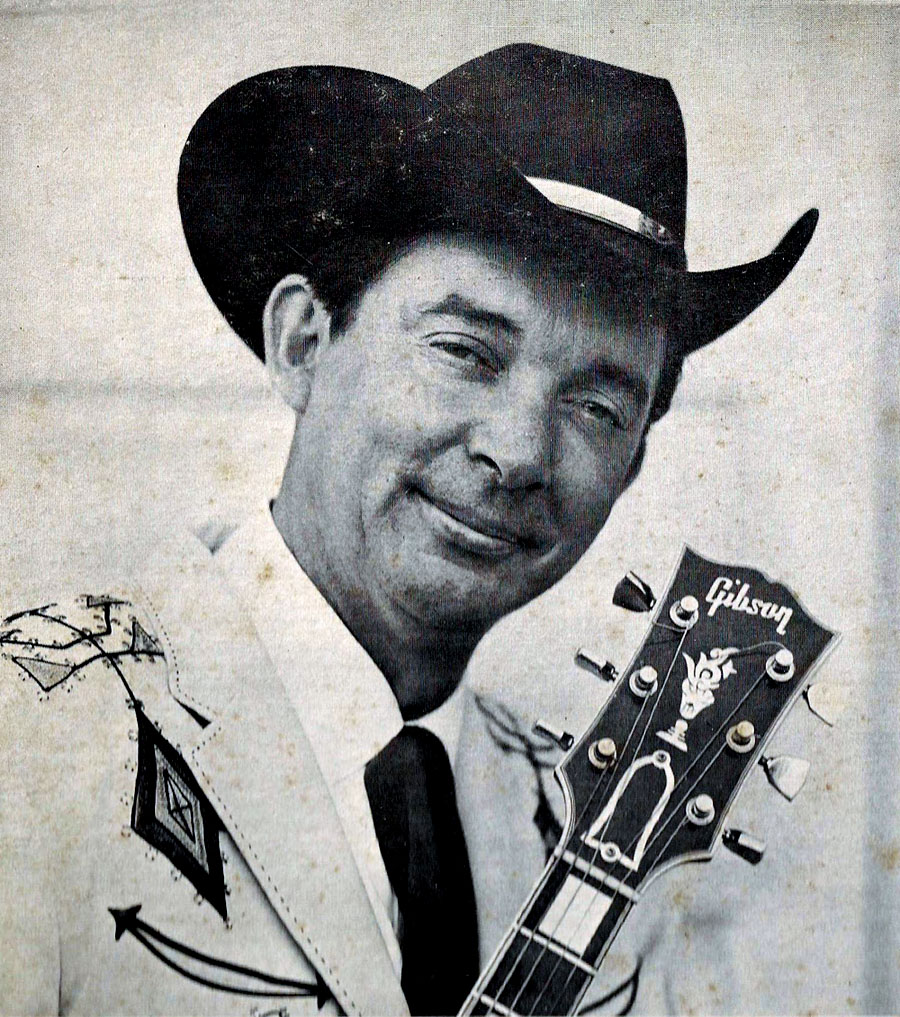
Lorna Donley, once the intense singer for the post-punk band DA! but more recently a librarian, died on December 1, 2013, She was 53.
DA! was a Chicago band that formed in 1977, recorded two EPs, and broke up in 1982. As is particularly evident from the black and white video made for their song, “Next To Nothing” (check it out below), DA! never got had either the exposure or the success they deserved. Donley, who stars in the video, is has downbeat charisma.
As the Chicago Sun-Times noted in their obit, “In his ‘Secret History of Chicago Music’ comic strip in the Chicago Reader, Steve Krakow compared the band to ‘Patti Smith fronting Joy Division.'”
In early December Donley “had chest pain while having coffee with her husband of less than three months, Scott Taves, at their home near Peterson and Western,” the Sun Times reported. “They went to Swedish Covenant hospital, where she died Dec. 1 of a ruptured aorta.”
For an in-depth obit, head to the Chicago Sun-Times.
Next to Nothing (1982) starring Lorna Donley.
Dark Rooms (1981) — first single
White Castles (1981)
This final clip includes the Dark Rooms/ White Castles EP (1981)
1. Dark Rooms 0:00
2. White Castles 4:53
and the
Time Will Be Kind LP (1982)
3. Next to Nothing 8:32
2. Strangers 11:29
3. Silent Snow 14:11
4. Three Shadows 17:06
5. This Doubt 21:03
-– A Days of the Crazy-Wild blog post: sounds, visuals and/or news –-






